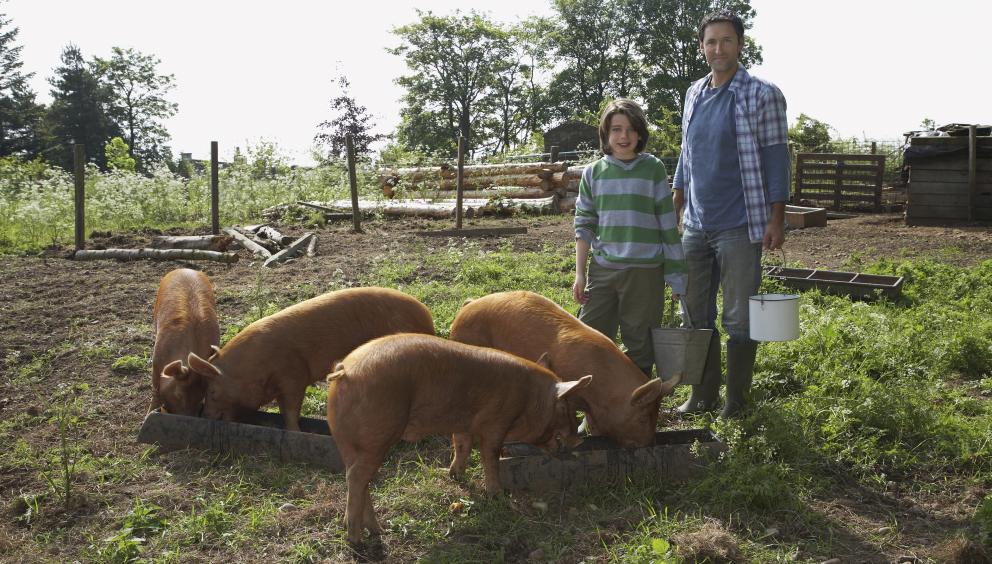You are here
Why is this issue important to livestock producers?

Our Use
Every time we use antimicrobials, whether in humans or animals, we contribute to the development of antimicrobial resistance. If a species of bacteria develops a resistance to an antimicrobial there are significant repercussions for human and animal health. Not only do we lose the effectiveness of that specific antimicrobial but also see pressure mounting to limit the use of antimicrobials in livestock production altogether. By safely and efficiently treating bacterial infections, antimicrobials serve as an invaluable tool to livestock producers and animal owners that support animal health and welfare.
Economic Consequences
Antibiotics are used in livestock production to treat diseases in animals, to control the spread of disease among healthy animals in flocks and herds when diseased animals are present, to prevent disease even when no sick animals are present but there is a high likelihood of disease, and to increase animal productivity, which is known as “production-purpose uses”.
Without access to medically important antimicrobials, livestock producers and animal owners are left with fewer and more costly options to prevent and treat illness in their animals. Some bacterial infections are untreatable without antimicrobials, potentially resulting in death, animal suffering, and increased cost of production.
Additionally, failure to comply with international standards regarding the use of medically important antimicrobials in livestock could limit Canadian livestock producers’ ability to export animals or products of animal origin. This would have a significant negative impact on the Canadian economy.
Everyone’s Concern
The problem of antimicrobial resistance affects not only the food production industry, but the entire global population. Resistance to antimicrobials can be shared by bacteria that infect humans and animals. In response to these concerns, public policy discussions have focused on the inappropriate use of antibiotics for human health and the use of production-purpose and disease-prevention antibiotics in animal agriculture, as well as on new antibiotic and vaccine approaches in both animal and human medicine.
